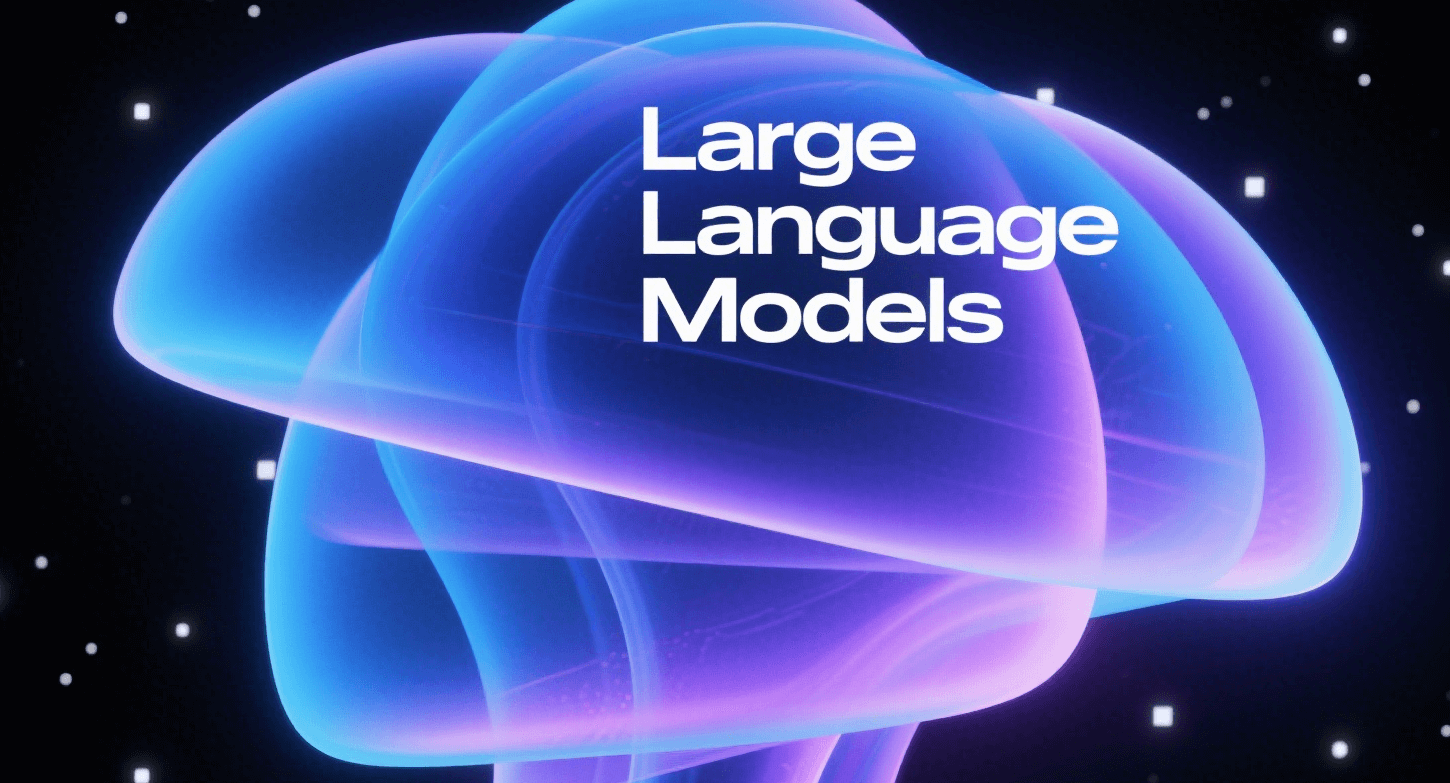The development of Large Language Models (LLMs) stands as a remarkable journey in the field of artificial intelligence, spanning over seven decades of theoretical exploration and technological breakthroughs. This evolution has transformed how machines understand and generate human language, revolutionizing countless applications.
What is LLMs?
A Large Language Model (LLM) is like a super-powered “reader” and “writer.” First, it “reads” almost all the text it can find on the internet—books, websites, conversations—then learns two main tricks:
• Word-by-word guessing: predicting the next most likely word.
• Question answering: putting what it learned into new sentences when you give it a prompt.
So you can just chat with it like a friend, and it will write stories, translate, summarize, code, or even do simple reasoning. In short, an LLM is an AI trained on oceans of text and really good at talking like a human.
The Dawn of AI (1950s – 2000s)
The story begins in 1950 with the Dartmouth Conference, where the term “artificial intelligence” was coined. Though limited by data scarcity and computational power, this event planted the seed for future innovations. Two major schools of thought emerged: symbolic reasoning, which focused on rule-based systems, and connectionism, which drew inspiration from the human brain’s neural networks.
In the 1980s, IBM’s expert systems marked early practical applications of machine learning, such as spam detection. A significant milestone came when IBM’s Deep Blue defeated chess champion Garry Kasparov, showcasing AI’s potential in complex decision-making.
The Rise of Deep Learning (2010s)
Three key factors drove this revolution. First, ImageNet provided massive labeled image datasets. Second, GPUs enabled efficient parallel computing. Third, frameworks like TensorFlow and PyTorch simplified model development.
China’s “AI Four Dragons” emerged during this period. SenseTime, Megvii, CloudWalk, and Yitu led global AI innovation. Their success highlighted worldwide participation in AI progress.
A major breakthrough came in 2014. The paper “Neural Machine Translation by Jointly Learning to Align and Translate” introduced attention mechanisms. This allowed models to focus on relevant input parts. It solved RNNs’ struggles with long-range dependencies.
This innovation paved the way for Transformers. Later models like GPT and BERT built upon this foundation. The 2010s set the stage for modern AI advancements.
Transformer Architecture and Pre-training Era (2017 – 2020)
The year 2017 marked a turning point with the publication of “Attention Is All You Need,” introducing the Transformer architecture. This revolutionary design, based entirely on self-attention mechanisms, eliminated reliance on RNNs, enabling parallel processing and better capture of contextual relationships.
In 2018, OpenAI’s GPT-1 pioneered the “pre-training and fine-tuning” paradigm. Using 110 million parameters trained on 7,000 books, it demonstrated how large-scale unlabeled data could create versatile language models adaptable to specific tasks with minimal fine-tuning.
Google’s BERT (2018) further advanced language understanding through bidirectional training, while GPT-2 (2019) scaled up to 1.5 billion parameters, generating coherent text across diverse topics.
The Big Model Revolution (2020 – 2022)
2020 saw the arrival of GPT-3 with a staggering 175 billion parameters, ushering in the era of true large language models. Its breakthrough capability was “in-context learning,” allowing task execution through prompt engineering without parameter adjustments. This shifted the paradigm from task-specific fine-tuning to flexible prompt-based interaction.
Google’s T5 (2021) introduced a unified “text-to-text” framework, treating all NLP tasks as text generation. 2022 brought significant advancements with GPT-3.5 incorporating instruction tuning and reinforcement learning from human feedback (RLHF), greatly improving response quality and safety. Google’s PaLM (540 billion parameters) demonstrated exceptional performance across NLP tasks, while LaMDA focused on natural conversational abilities.
Multimodal Expansion and Engineering Excellence (2023 – 2025)
2023 witnessed GPT-4 breaking ground with multimodal capabilities, processing text and images while introducing a plugin ecosystem. Meta’s open-source LLaMA models (7-65 billion parameters) promoted research accessibility, while Anthropic’s Claude 2 emphasized safety and long-text processing.
After 2024, the frontier shifted from new theories to meticulous craftsmanship—polishing jade within existing frames.
Claude 3 set new standards for multimodal fusion: upload a photo, a chart, or a napkin sketch and the model parses it precisely. Its 1-million-token context window—twenty copies of Dream of the Red Chamber—and “Artifacts” feature let users edit documents or code in a side panel and preview results live, fusing creation and interaction.
Gemini 2.0 wields a sparse Mixture-of-Experts (MoE) architecture. Like a smart triage desk, it activates only the neural “expert modules” needed for the task—math circuits for equations, language circuits for prose—yielding several-fold speed-ups. Designed natively multimodal, it treats text, images, and video as one continuum, avoiding the patchwork feel of later bolt-ons.
ChatGPT-4o internalizes chain-of-thought. It “thinks” step-by-step, as a human would: to compute 38 × 27, it silently derives 30 × 27 = 810, 8 × 27 = 216, and sums to 1026. The longer it “ponders,” the higher the accuracy.
DeepSeek R1 pushes autonomy further. Trained solely on verifiable data—math steps and code—it uses a four-stage pipeline: supervised fine-tuning → reinforcement learning → secondary fine-tuning → hybrid reward learning. The result rivals closed-source models while remaining fully open, letting researchers inspect every “thought.” This frees AI training from costly human labeling and ushers in self-evolution.
Future Trends
Current developments point toward several trends: multimodal models integrating text, image, audio, and video; more efficient training methods reducing computational costs; and increased focus on AI alignment and safety to ensure models behave ethically. As large language models continue to evolve, they promise to become even more integral to daily life, blending seamlessly with human capabilities across industries.
From the musings of the Dartmouth Conference to today’s conversational agents, the 75-year odyssey of large models is ultimately humanity’s ceaseless interrogation of intelligence itself. These breakthroughs are not merely technical; they are redefining the relationships among humans, machines, data, and the world. Perhaps one day, when AI can feel emotions and create art as we do, we will look back and realize that the road paved with code and data has led not only to smarter machines but to a deeper understanding of ourselves.

